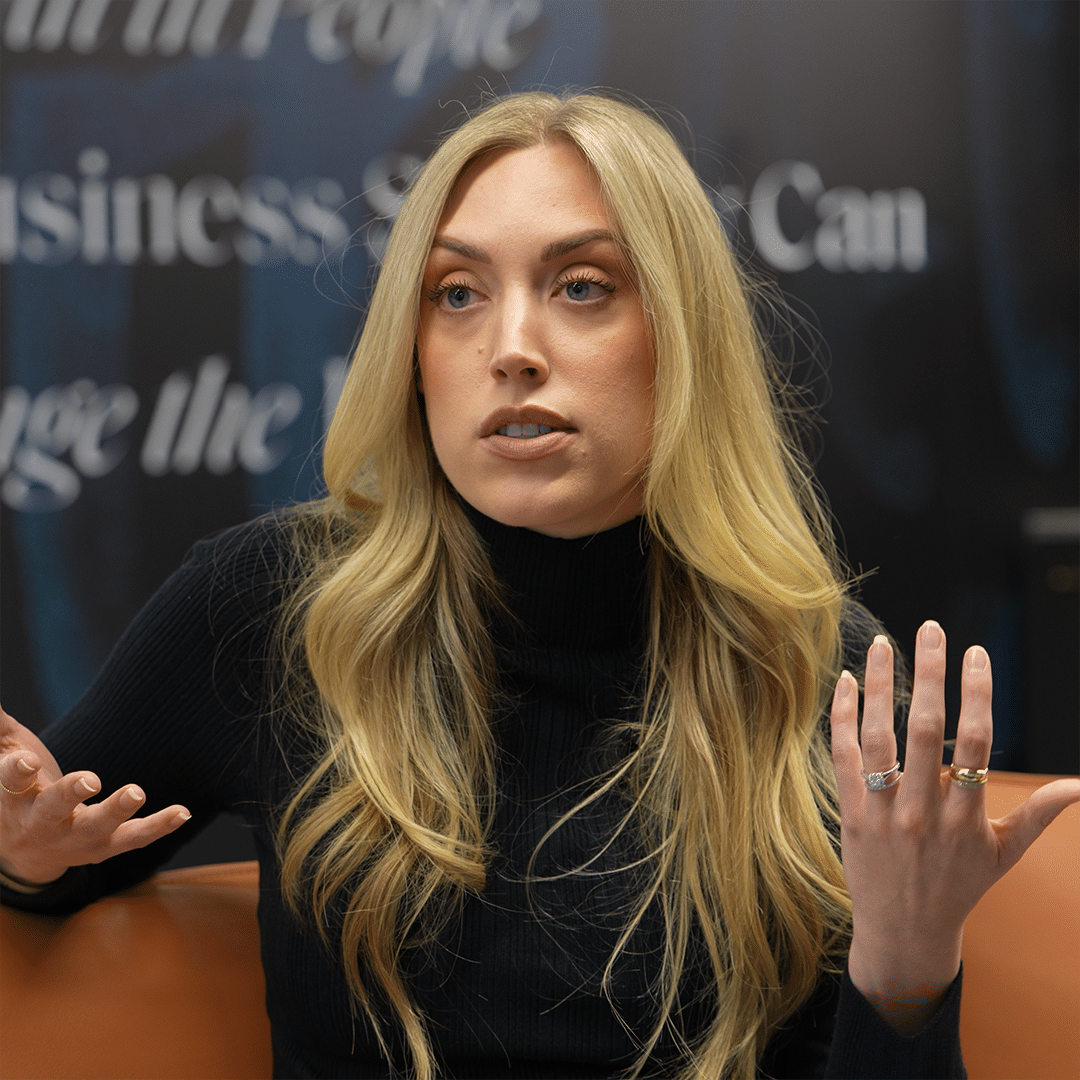Creating A Culture Of Accountability
KAREN SEKETA
Video Transcript
So today, I’d like to talk to you a little bit about accountability in the workplace and more specifically about the Element Three journey over the past decade that I’ve been here and how accountability has evolved for us. And it seems to have evolved, as I think about this in a number of different stages. It didn’t all just happen at once, and I think any of you know that work in any workplace, it is impossible to be successful, it’s impossible to be productive, it’s impossible to build a culture of trust unless and until you have established this foundation of accountability. And so how does that work? For us, this all started, I think, to really come together probably when the pandemic hit, quite honestly. We had to move to a fully remote workplace just like everybody else, which was very unusual for us. We had always worked with this mindset that you can’t do this business unless you have everybody together collaborating in-person all of the time. Well, obviously, that was not a choice for us or anybody back in 2020, 2021. So we had to evolve.
And in that evolution, we started to discover what we needed to fix when it came to a structure of accountability in order for us to make this work. So the first thing that happened with the hybrid work environment is we discovered that we had to be extremely clear about what we expected out of people. And instead of us managing their work process and where they worked and when they worked, all we had to do is be crystal clear on what outcome we required from them. And then trust, just trust them to be able to choose when they were going to work, wherever they were going to work, and how they were going to get that work done and only focus on the outcome. So that was the very first step for us, because without that, all you’re doing is managing the person and you’re managing where they are when they are and how they’re doing things, which builds the opposite of trust. So that was step one for us. So the next step for us was how do you build a culture of trust? Trust is established where people get direct feedback about how they’re doing in the moment from the person that has the feedback to deliver. So what I have found in a lot of companies is if somebody has a problem with the performance of an individual in an organization, the common thing to do is go to that person’s manager, deliver the feedback. The manager then turns around, delivers it to the individual, and that’s where things start to fall apart.
So what we did here was we intentionally gave individuals within our walls resources and training on how to give feedback properly so that they were equipped to be able to skip the middleman and go directly to the person that they had the feedback for. So part of my job on a regular basis is to be a free space and a safe space for people to actually practice these conversations. That has eliminated 99% of the drama within our walls because you don’t have this workaround of triangulation of feedback, which doesn’t feel good to the person that is receiving it. So if you were working here, you would have to instantly get very comfortable with not just receiving feedback on pretty much a daily basis, but also giving feedback to others. No longer is the path to feedback going to a person’s manager because that manager is taught to ask the first question of great, tell me how that feedback went when you talked to that individual. And so that’s just understood within our walls. That has built a tremendous culture of trust because people feel like if something needs to be shared or they’re not doing something the way that it’s expected, that the person who is experiencing that is going to come directly to them and let them know. So let’s tie a culture of trust to mechanisms of performance assessment.
So there are two key ways that we provide performance assessment feedback to individuals in our organization. One of them is through what you would call peer feedback or 360 feedback. We do that here twice a year, but we sort of have flipped it on its head because if you look at any peer feedback mechanism out there, it’s anonymous. We don’t do anything anonymously here when we’re giving each other feedback. So our peer feedback process is not anonymous and this allows the person who is receiving that feedback to go and ask for clarity if they’re not sure. And what typically happens is if somebody has peer feedback to give to someone that is constructive, they will set time with that person ahead of time instead of just typing in their answer and the person receiving it to sit down and talk it through so they can explain it, expand on it, answer any questions that person has. So this has built another level of trust within our organization because there is none of this anonymous who is saying this about me. And I have so many questions that I need to ask. The next step in our performance assessment process, where you’re going to see this clarity show up is in our biannual performance assessment itself. So my rule in this organization and everyone here knows this is no surprises. If you want to make me angry, surprise somebody. So the way that we manage that is that I ask that the performance assessment process and the conversation that happens is not just an isolated conversation with a bunch of surprises. Instead, it is just a continuation of daily, weekly, one on one engagements and conversations that are now just documented in one place, and so that the person that is receiving it doesn’t have the anxiety and stress of that conversation coming up. And they’re not caught off guard and surprised when the conversation happens. And it’s just continuing to have that conversation about performance and feedback. And it just feels better and it builds more trust within the organization.
So that’s another step within the accountability process for us that keeps it real, keeps it comfortable and keeps it honest. So talking about accountability in the workplace is easy. Doing it is hard. It’s a very hard. Doing anything that’s really important within your organization and doing it well takes a lot of work. So how do we make sure that all of this is happening and that people within our walls are equipped to be able to show up the way that we expect them to within our accountability process? So we have developed something here that we call our leadership academy, and this is sort of a training boot camp, so to speak, that anyone in our organization is allowed to go through. You don’t have to be on a leadership track and you don’t have to be managing individuals. This is a one on one engagement that I spend a lot of my time focusing on within the organization because it’s so important. So within that leadership academy, we teach all the vernacular, we teach all of the processes and how we manage people internally. We use very specific tools to teach people how to have hard conversations, how to give feedback internally, how to hold each other accountable, and how does that all come together. That’s also another place to sort of practice these skills on a regular basis. So this way, when conversations are happening internally and we’re using very specific tools on how to manage others and guide them, it’s familiar and it’s not a secret. And this way everyone within the organization can learn how to be a leader at any point in their career that they’re ready to start to learn that. So the accountability structure for us and the journey sort of comes full circle because we’re both intentionally teaching people how to do this. We’re using resources to make sure that people know we’re doing it well and we’re doing it right, and we’re sort of opening the books and letting everyone know how we are teaching people how to do this so anyone can have access to that information. So if you’re going to set expectations within your walls, it’s important that you also have resources and the training available to allow people to do it well.
Sharing Expertise
What good is learning something if you don't pass it on? You can tap into what we know right now – from dealer programs to determining brand architecture – and you don't have to give us a thing.



